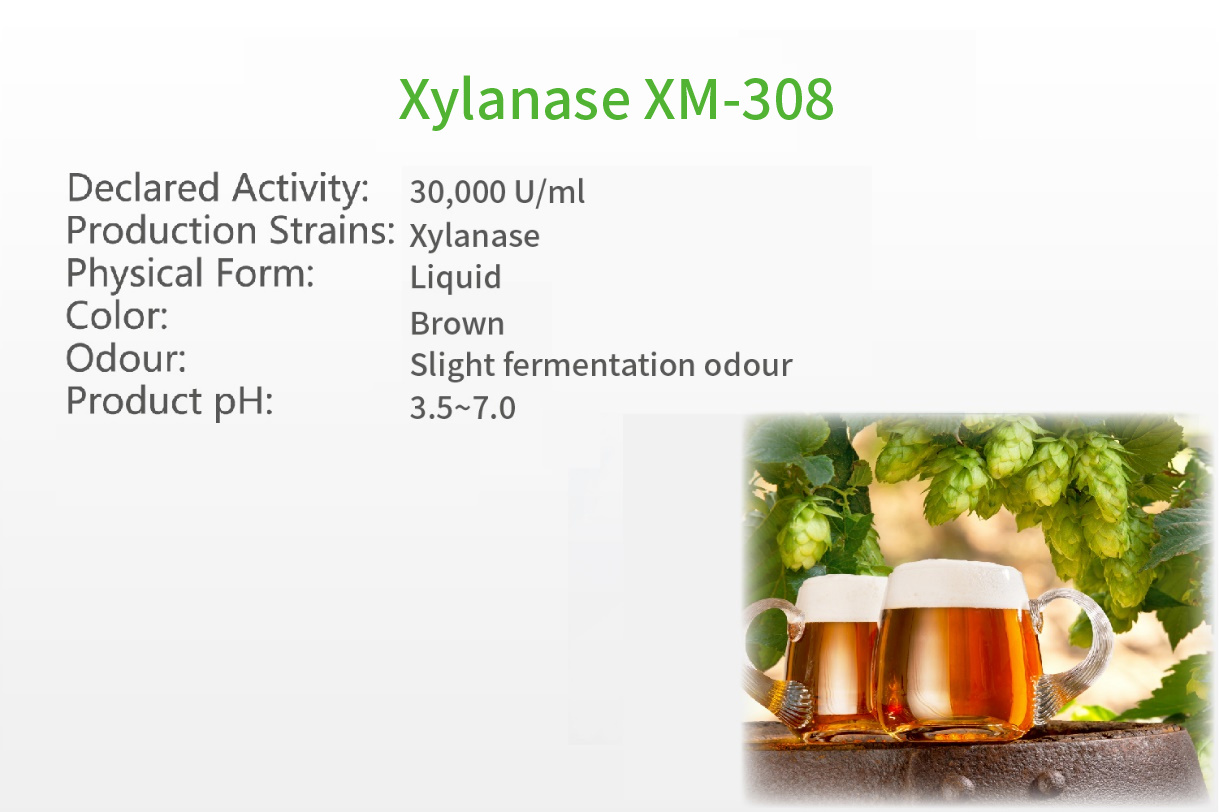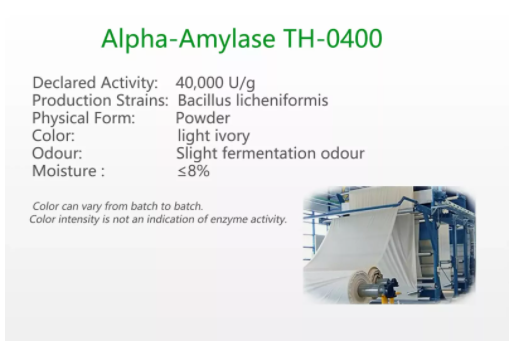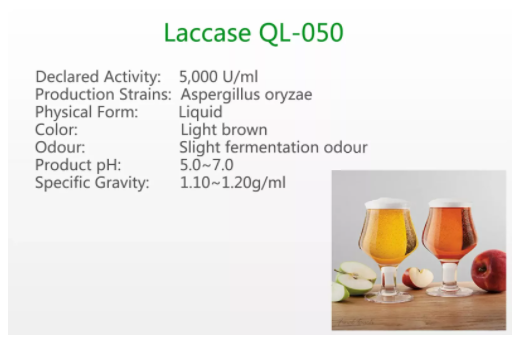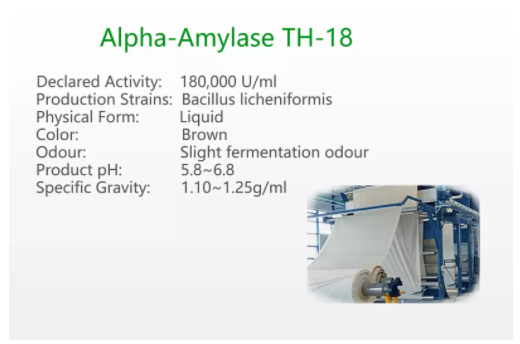Products
Contact us
Edna Yang
Tel: +86-510-8525-9383
Cell: +86-151-5221-3005
Email: edna.yang@bolibio.com
Jiangsu Boli Bioproducts Co.,Ltd.
Add: 93 Yangzhou Road, Jiangyan Economic Development Zone, Jiangsu 225500, China
Jiangsu Boyang Bioproducts Co., Ltd.
Add: 30 Tongwang Road, Nantong Economic Development Zone, Jiangsu 226010, China
Glucoamylase HGA-101PU
DESCRIPTION HGA-101PU contains glucoamylase and starch debranching enzyme-pullulanase. Glucoamylase is made from controlled fermentation of selected strains of Aspergillus niger. Pullulanase is made from selected strains of Bacillus licheniformis. Glucoamylase can hydrolyze alpha-1,4 glucosidic linkages from the non-reduction end of starches to release glucose. Pullulanase can specifically cleave the α-1, 6 glycosidic bond of the branching point of amylopectin, and cut out the entire branch structure to form amylose. Thus it has higher conversion rate from starch to sugar.
Category:
Product Description
HGA-101PU is mainly used for the production of starch sugar.
Product Characteristics
| Glucoamylase activity: | 100,000 U/ml (minimum) |
| Pullulanase activity: | 1,600 U/ml (minimum) |
| Appearance: | Yellow brown Liquid |
| Product pH: | 3.0 to 5.0 |
| Specific gravity: | 1.10 to 1.25 g/ml |
Benefits
1) Greater conversion rate from starch to glucose
2) Maximize utilization of raw materials
3) Can be used in the production of glucose with DX>96.5%
4) Possibilities to use higher concentration substrate
5) Stable activity ensures stable dosage rate, no need to adjust dosage for each batch
Effect of pH
The effective pH range for HGA-101PU is 3.0 to 5.5. For maximum activity, the optimal pH range for HGA-101PU is 4.0 to 4.5, optimal pH is 4.2. See Figure 1.
Effect of Temperature

-
Greater conversion rate from starch to glucose
-
Maximized utilization of raw materials
-
Suitable for the production of glucose with DX > 96.5%
-
Capable to work with higher concentration substrate
-
Stable activity ensures stable dosage rate, no need to adjust dosage for each batch
-
Standard packaging is 25kg, 30kg food-grade HDPE drums or 1125 kg IBC totes.
-
Customized packaging is available upon request.
-
Typical shelf-life is eighteen months if it is stored below 25°C in its original packaging, sealed and unopened, protected from sunlight.
-
HGA-101PU has been formulated for optimal stability. Prolonged storage and/or adverse conditions such as higher temperature may lead to a higher dosage requirement, therefore should be avoided.
Previous
Next
Previous
Next
Online message






















